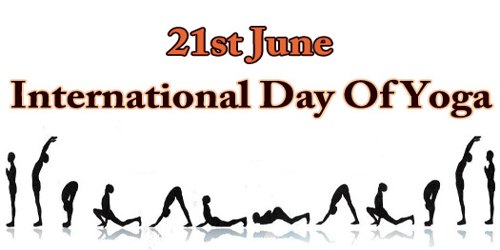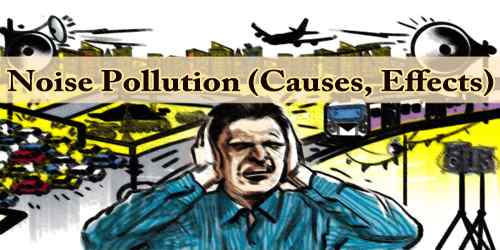Yoga itself is a physical, mental, and spiritual practice that originated in India about 6,000 years ago. Throughout the ages, yoga evolved and developed, along the way becoming a philosophy in itself. The International Day of Yoga has been celebrated annually on 21st June since 2015, following its inception in the United Nations General Assembly in 2014. Yoga is a physical, mental, and spiritual practice that originated in India. The Indian Prime Minister, Narendra Modi, in his UN address suggested the date of 21 June, as it is the longest day of the year in the Northern Hemisphere and shares a special significance in many parts of the world. The word ‘yoga’ derives from Sanskrit and means to join or to unite, symbolizing the union of body and consciousness. Today it is practiced in various forms around the world and continues to grow in popularity.
The United Nations General Assembly declared International Yoga Day official on December 11th, 2014. The Prime Minister of India, Narendra Modi, had this to say about the decision to create this day:
“Yoga is an invaluable gift of India’s ancient tradition. It embodies unity of mind and body; thought and action; restraint and fulfillment; harmony between man and nature; a holistic approach to health and well-being. It is not about exercise but to discover the sense of oneness with yourself, the world, and nature. By changing our lifestyle and creating consciousness, it can help us deal with climate change. Let us work towards adopting an International Yoga Day.” The date chosen on which to celebrate International Yoga Day, June 21st, is also of great significance, as it is Summer Solstice and marks the transition to Dakshinayana. So far, more than 175 countries worldwide have shown their support for this day.
The Christian Science Monitor wrote in 2016 that the 2014 United Nations resolution had been “wildly popular” but noted that yoga had a “meditative component” and had become known as not only a form of physical exercise but also a mental and spiritual practice. It gave as evidence the 2015 sermon by Pope Francis cautioning Roman Catholics about the idea that yoga could be a path to God; it noted, too, that Modi had replied to the charge that the Day was intended to promote Hinduism with the words “Yoga is not about the other life. Therefore, it is not a religious practice”.
Any type of exercise, even gentle, gets the heart rate up which is what we want! This can aid with diets, and help protect us from injury. Strength as at the core of yoga, and so what else could we possibly want out of an activity? Add a little holistic music to our yoga; it will help the mind also. Yoga can be practiced inside or outside; but it is preferable outside, to allow our self to feel the power of nature and the sun.
In the 19th century, yoga came to the attention of the West, which had begun to take a general interest in Eastern culture and philosophy. Soon after, Swami Vivekananda, the first Hindu teacher to actively advocate and explain yoga to a western audience, toured Europe and the United States.
Yoga is practiced all over the world and there is evidence of this as yoga continues to inspire and take over the world! Yoga classes are becoming more and more prevalent in our society today and there is a bigger demand than ever before. Yes, yoga has been well marketed us may say, it is an ancient practice that has stood the test of time but we do not need to be a yogi ninja to really be able to appreciate the beauty and benefits of the tradition.
In fact, starting off slow and simple is going to be the best way to learn the rudiments as well as really being able to appreciate what it’s about. Lots of instructors begin at a low level, ensuring that everyone is able to keep up, feel the power, and start to feel the benefits.
When proposing 21st June as the date, Modi said that the date was the longest day of the year in the mass northern hemisphere (shortest in the southern hemisphere), having special significance in many parts of the world. From the perspective of yoga, the summer solstice marks the transition to Dakshinayana. The second full moon after summer solstice is known as Guru Poornima. Shiva, the first yogi (Adi Yogi), is said to have begun imparting the knowledge of yoga to the rest of mankind on this day and became the first guru (Adi Guru).
Following the adoption of the UN resolution, several leaders of the spiritual movement in India voiced their support for the initiative. The founder of Isha Foundation, Sadhguru, stated, “this could be a kind of a foundation stone to make a scientific approach to the inner well-being of the human being, a worldwide thing… It’s a tremendous step for the world.” The founder of Art of Living, Ravi Shankar, lauded the efforts of Modi, saying, “It is very difficult for any philosophy, religion or culture to survive without state patronage. Yoga has existed so far almost like an orphan. Now, official recognition by the UN would further spread the benefit of yoga to the entire world.”
Even if we have never tried yoga in our life, that doesn’t mean that we should not be celebrating this day. Yoga has helped and continues to help millions of people all over the world achieve inner peace and improve their physical condition, regardless of age or gender, so it is practically guaranteed that it would have a positive impact on our life as well. And even if we don’t consider ourselves a particularly fit person don’t worry! People can still enjoy yoga without having to do the splits whilst balancing on your head!
As we already mentioned, yoga uses slow, fluid movements, and so, very few people suffer any kind of injuries practicing yoga. Many of the meditation techniques, breathing exercises, and certain postures are considered safe and beneficial even for those suffering from various illnesses as well as pregnant women. There are many organized in cities the world over to choose from, including Austin, Texas, Hong Kong, London, Seoul, and many others. The World Health Organization (WHO) has also urged its member states to help their citizens reduce physical inactivity, which is among the top ten leading causes of death worldwide, and a key risk factor for non-communicable diseases, such as cardiovascular diseases, cancer, and diabetes.
Information Sources:
















